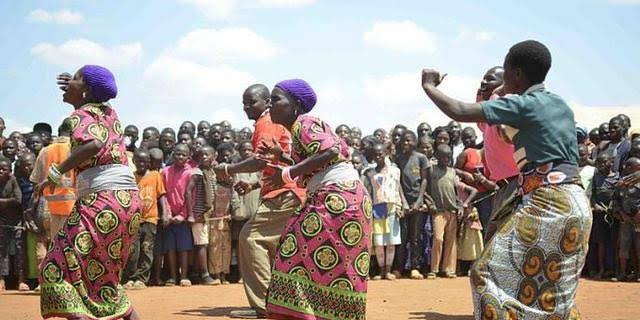Vimbuza is a traditional healing dance among the Tumbuka people of the regions in Northern Malawi.
The dance helps the community make sense of mental disorders and paves way for healing to begin, especially among women.
When I first read about this ritual, my first feeling was “I want to partake in it”. No disrespect for the culture and purpose of the dance, but it does sound like a powerful experience for mental and emotional wellness.
History of the dance
The healing ritual stretches back to the mid-nineteenth century when the Tumbuka developed it as a means of overcoming traumatic experiences of oppression. The ritual was modified into a healing dance under British rule but it was soon forbidden by Christian missionaries, whose stance has not changed to date.
It was/is believed that once an afflicted person was possessed by Vimbuza spirits, they could express their mental issues in a way that was/is understood and accepted by society. It combines artistic value with a therapeutic function that they believe complements medical treatment.
A medical procedure from a culture of dance
The dance is part of the ng’oma healing tradition that is characteristic of Bantu-speaking communities. It means “drums of affliction” and carries significant historical depth, especially in indigenous healthcare systems.
How it is performed
Among the Tumbuka, women make up the biggest number of mental illness sufferers. The patient is treated for a couple of months by community healers in a designated house known as a temphiri.
Once the diagnosis is passed, the patient then undergoes the healing ritual.
Women and children of the village form a circle around the patient and start to sing calling upon helping spirits. The patient slowly enters a trance accompanied by spirit-specific beats and drum rhythms played by men. This is the only group of men that is allowed in the ritual and a male healer may be present.
The euphony of singing and drumming creates a powerful experience that provides patients with space to “dance their disease”. The sounds gradually expand with more songs and more complex drumming. Combined with the virtuosity of the dancing patient, these makeup part of the rich culture of the Tumbuka people.
The dance ritual was inscribed on the Representative List of the Intangible Cultural Heritage of Humanity in 2008.



